Building Mobile Solutions That Actually Work
We started Flow-Signal back in 2018 because we kept seeing the same problem — apps that looked fine on paper but fell apart when real people tried to use them.
Seven years later, we're still in Yunlin County, still building apps for Taiwan's market, and still fixing problems that shouldn't exist in the first place.
Our team speaks Mandarin, understands local payment systems, and knows why your app needs to work differently here than it would in San Francisco or London.
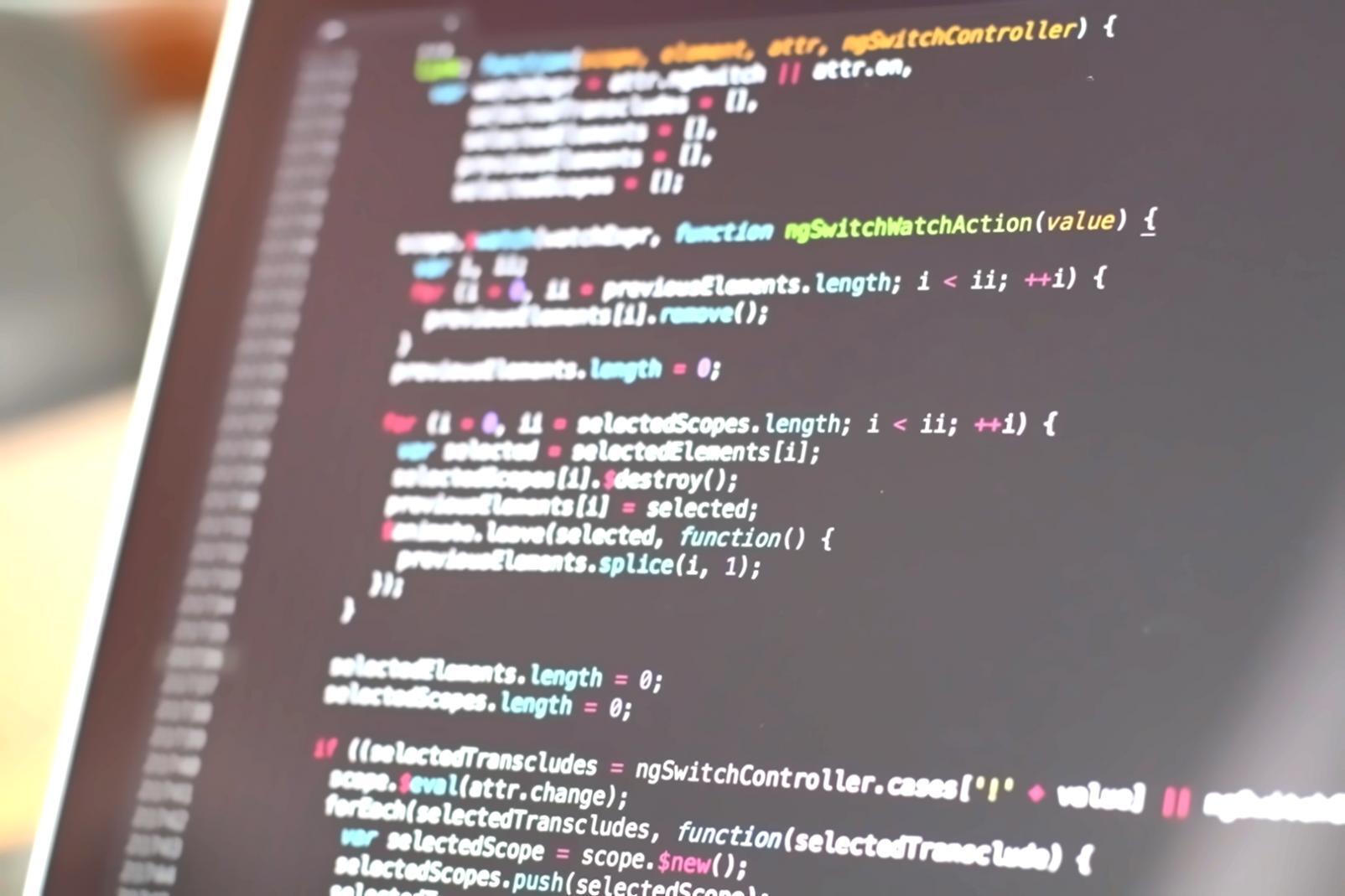
How We Got Here
Not every business journey is dramatic. Ours has been pretty straightforward — build good apps, learn from mistakes, keep getting better.
2018: Starting Small
Three developers, one shared office, and a belief that Taiwan deserved better mobile experiences. We built our first client app in four months — a delivery service platform that's still running today. The code was messy, but it worked.
2020: Learning the Hard Way
Took on a project that was way too ambitious. Nearly broke us. We learned that saying no is sometimes the most professional thing you can do. Also learned that documentation actually matters when your team grows beyond three people.
2022: Finding Our Focus
Stopped trying to be everything to everyone. Specialized in apps for Taiwan's service industry — restaurants, retail, local transport. Turned out there was plenty of work just doing that well.
2025: Where We Are Now
Eight people on the team. Around thirty apps in production. Still in Douliu City, still focused on solving real problems for Taiwan businesses. The work keeps coming because we actually answer our phones and fix bugs without drama.
What Matters to Us
These aren't aspirational values we printed on a poster. They're just how we work because anything else would be exhausting.
Clear Communication
We reply to messages within a day. We explain technical problems in normal language. When we mess up, we say so instead of hiding behind jargon.
Local Knowledge
We know why LINE Pay integration matters more than Apple Pay here. We understand local privacy concerns. We've dealt with Taiwan's payment processors enough times to know their quirks.
Realistic Timelines
If something takes three months to build properly, we say three months. Not two months with a miracle clause. This approach means fewer panicked calls and better end results.
Testing That Matters
We test on actual devices people use here. Not just the newest iPhone, but also that three-year-old Android phone your driver still carries.
Maintenance Included
Apps break. Operating systems update. APIs change. We stick around to handle that stuff instead of disappearing after launch day.
No Unnecessary Features
We'll talk you out of features that sound cool but won't get used. Your budget is limited and so is user attention span.
Recent Projects That Taught Us Something
Every project comes with lessons. Sometimes we learn new technical approaches. Other times we learn that the original plan needed to change. Here are two from the past year that stuck with us.

Restaurant Chain Ordering System
A Tainan restaurant group needed an app for table ordering across eight locations. They wanted it fancy. We convinced them to keep it simple.
What we built handles peak dinner rush without crashing, works on older phones their staff actually use, and integrates with their existing POS system instead of requiring a complete replacement.
- Cut initial feature list by 40%, launched three weeks early
- Server costs stayed under budget because we optimized image handling
- Staff training took two hours instead of two days
- Customer adoption hit 60% within first month
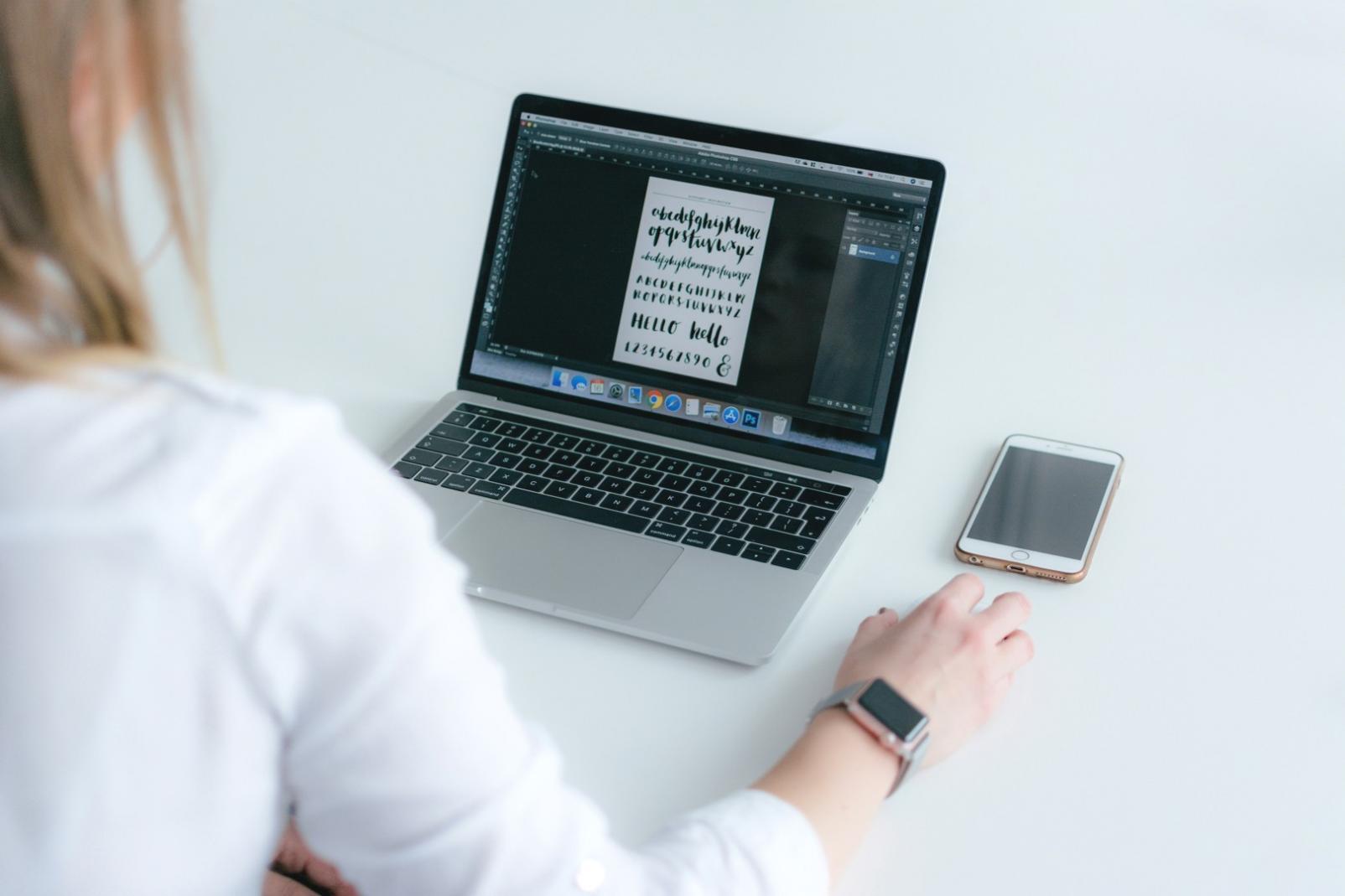
Logistics Tracker Redesign
Inherited a broken delivery tracking app from another developer who'd vanished. The client was frustrated, drivers were confused, and the codebase was held together with hope.
We rebuilt it from scratch in native Swift and Kotlin. Not because we love rewriting code, but because fixing the existing mess would have taken longer and cost more.
- Battery drain reduced by 65% through better location tracking
- Offline mode actually works now when drivers go through tunnels
- GPS accuracy improved enough that customers stopped calling to ask where their delivery was
- Client extended contract for ongoing updates
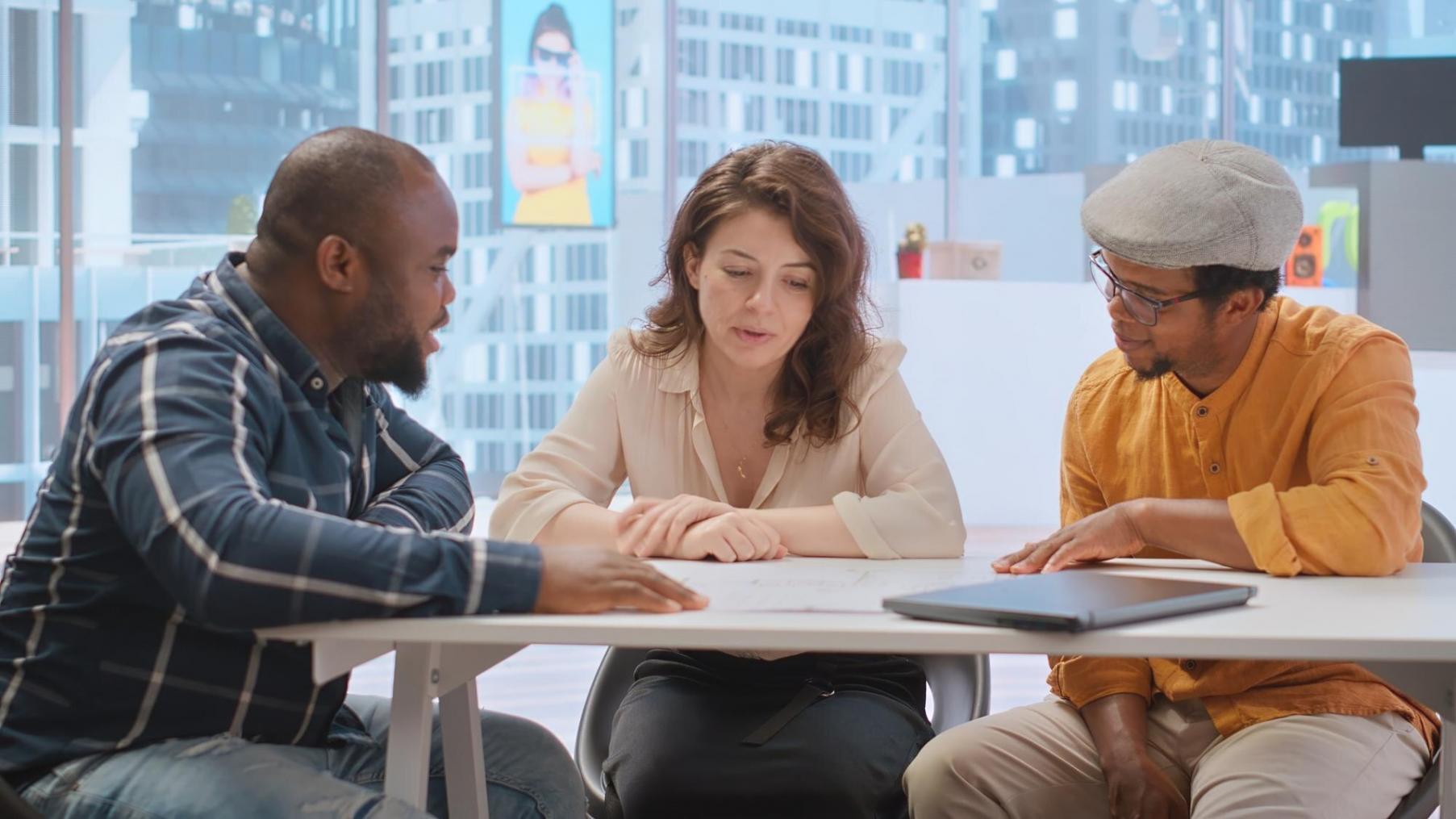
Who Does the Work
Small team, low drama, decent coffee maker in the office. We're not trying to be the biggest development shop in Taiwan. Just a reliable one.
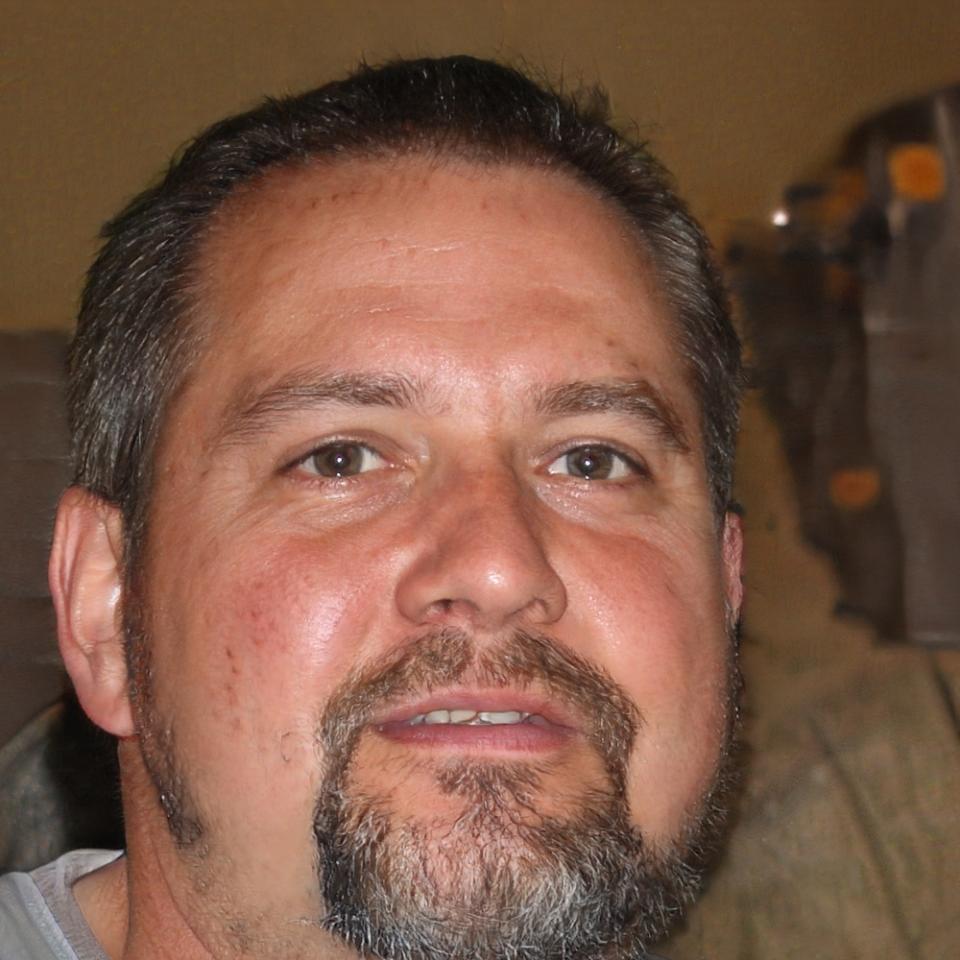
Oskar Lindgren
Lead Developer
Oskar handles the technical decisions that actually matter. He's been writing mobile code since 2012, moved to Taiwan in 2017, and joined us in 2019.
Before Flow-Signal, he worked for a Stockholm fintech company building banking apps. That experience comes in handy when clients need payment integrations that can't afford to break.
He's particularly good at explaining why certain approaches won't work before we waste time building them. This has saved multiple projects from expensive mistakes.
- Specializes in native iOS and Android development
- Speaks fluent Mandarin, which helps during client meetings
- Has strong opinions about code documentation
- Usually right about architectural decisions
- Responds to emergency calls even on weekends
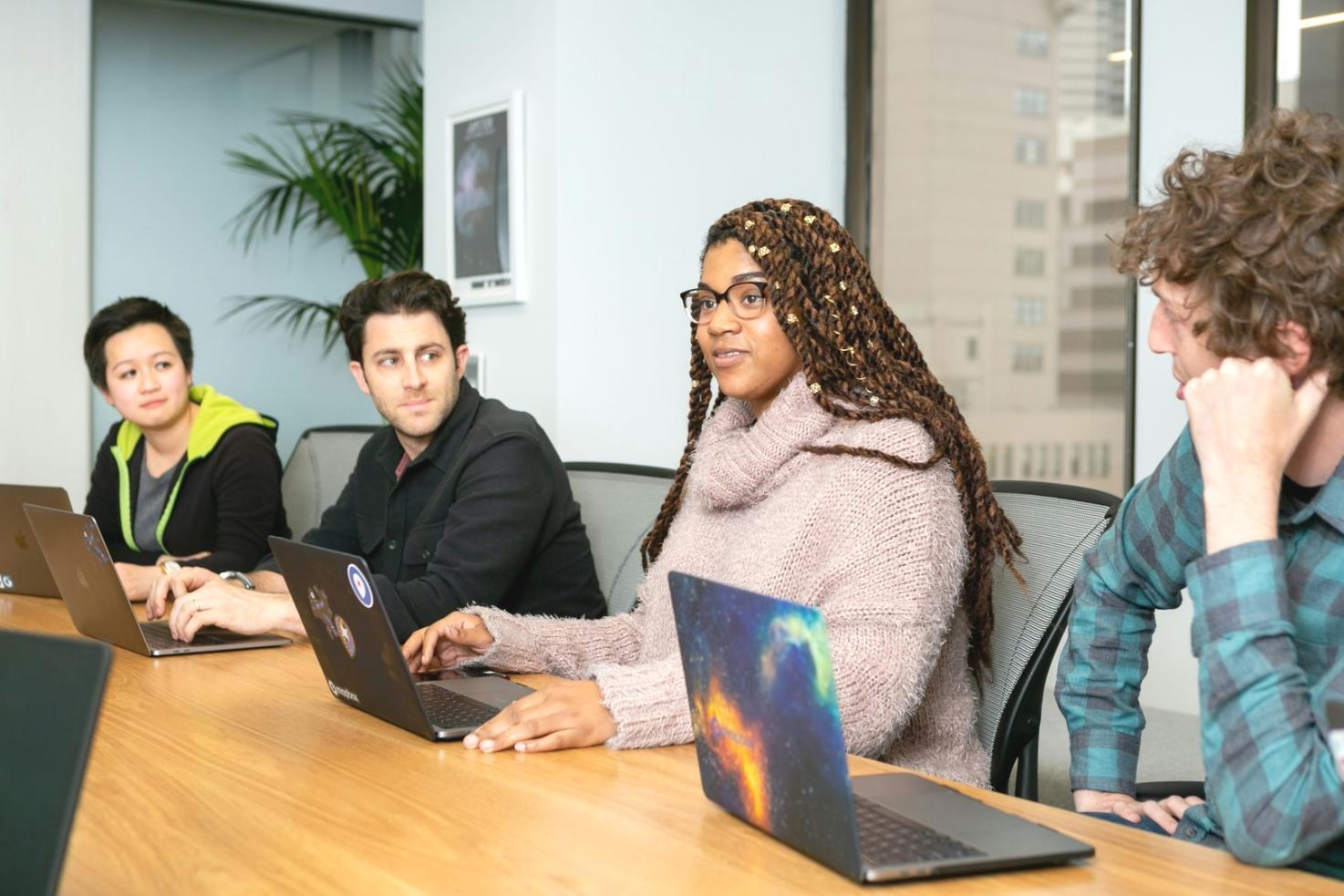
Working With Us
Most projects start with a conversation about what you actually need versus what you think you need. Sometimes they're the same thing. Often they're not.
We'll probably ask annoying questions about your users, your budget, and your timeline. We'll suggest simpler approaches that cost less. We'll be honest if something's not feasible.
If we're a good fit, we'll send a straightforward proposal. If we're not, we'll tell you that too and maybe suggest someone who'd be better for your specific situation.
Either way, the conversation is free and we reply to emails within 24 hours.